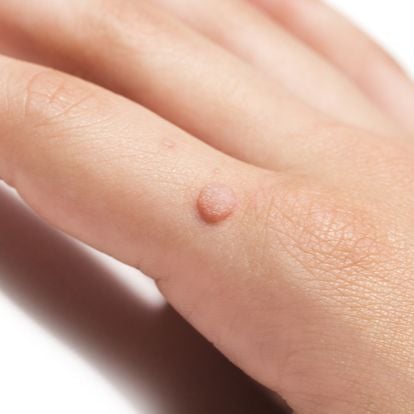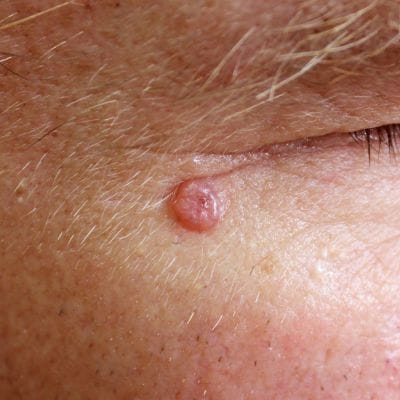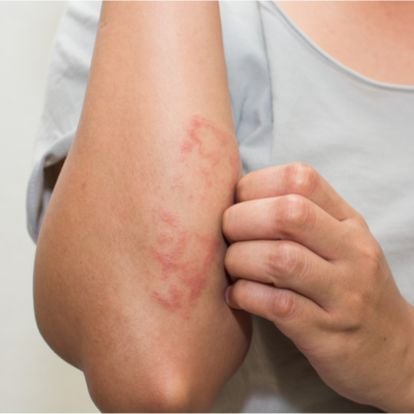Melanoma
Melanoma is one of several different types of skin cancers. Though melanoma may not be as common as some other forms of skin cancer (basal cell carcinoma or squamous cell carcinoma), it is more dangerous due to its ability to spread more rapidly to other parts of the body if left untreated.
According to the American Cancer Society, melanoma is the main cause of skin cancer related deaths in the United States each year. Approximately 100,000 new cases of melanoma will be detected in the United States in 2022.
Knowing the signs and symptoms of melanoma can help with early detection. Early diagnosis and treatment is crucial for improving the chances of survival.
Melanocytes, Moles, and Melanoma:
Melanocytes: Melanocytes are pigment producing cells found in the skin. Melanocytes produce a substance called melanin which gives rise to the pigment in our hair, eyes, and skin. Melanin is also the pigment responsible for the tanning or bronzing of the skin after ultraviolet radiation.
Moles: Moles are benign skin growths that are caused by clusters of melanocytes.
Melanoma: Melanoma is a skin cancer that occurs when melanocytes become damaged leading to uncontrolled growth and proliferation.
How to Spot a Melanoma:
Because melanomas can spread to other parts of the body, early detection and treatment are crucial for improving survival.
Is it a mole or melanoma? Finding a melanoma can be tricky. The ABCDEs and Ugly Duckling Sign are two commonly used methods to help differentiate benign moles from cancerous melanomas.
ABCDEs:
- Asymmetry:
Does one half of your mole look the same as the other half? Moles are commonly symmetric with one half matching the other half. On the other hand, melanomas tend to be asymmetric.
- Border:
Are the borders regular and smooth or jagged and irregular? Common moles tend to have regular and smooth borders whereas melanoma borders can be scalloped, jagged, or irregular.
- Color:
Does your mole have variations in color? Most benign moles are uniform in color. Melanomas can have Are there red, blue or white tones to it?
- Diameter: is the mole larger than 6mm?
- Evolving: has there been a sudden change to your mole in the past couple of weeks or months?
What are Risk Factors for Developing Melanoma?
You may be at a higher risk for developing melanoma if you:
- Have light skin, hair, and eyes
- Have sun damage
- Are exposed to UV radiation
- Are older
- Have a weakened immune system
How is Melanoma Diagnosed?
Any new, unusual, changing, or symptomatic growth should prompt a visit to your dermatologist. If you have risk factors (personal or family history of skin cancers, transplant recipient, significant sun exposure or tanning bed use in the past, etc), scheduling regular appointments with your dermatologist can help with accurate and timely diagnosis and treatment of skin cancers.
At your visit, your dermatologist will evaluate your skin and any lesions or growths of concern. A skin biopsy (a procedure that removes a small sample of the skin) is usually done to confirm a definitive diagnosis. Once the diagnosis of a melanoma has been confirmed, your dermatologist will discuss treatment options.
Treatments for Melanoma
A dermatologist can accurately diagnose your melanoma and recommend a treatment regimen. The most common treatments options for melanomas include:
- Excision surgery
This removes the entire melanoma and edges of the surrounding skin. This can often be performed by your dermatologist, especially if caught early. If the melanoma is deeper or has spread, your dermatologist will refer you to a surgical oncologist who has experience treating melanomas. - Immunotherapy
For patients with advanced melanomas, these medications help kill melanoma cells in your body. - Chemotherapy and Radiation therapy
These types of treatments are used to treat patients with advanced melanoma.






